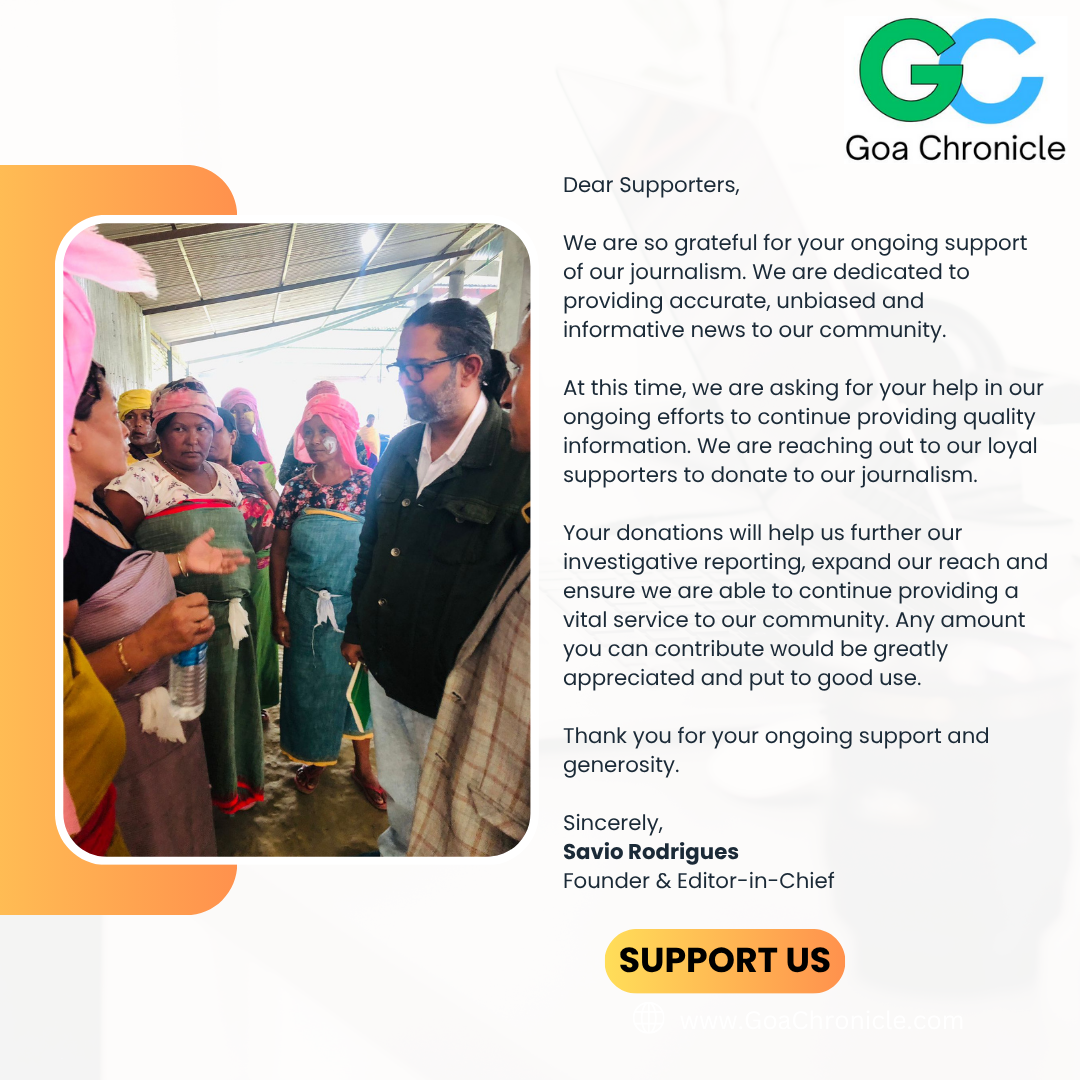Srinagar: As the flood threat in Kashmir eased today, though water levels in the Jhelum river in Srinagar touched their highest mark in a decade, a senior government officer said.
Addressing a press conference, Divisional Commissioner Kashmir Anshul Garg said the situation had stabilised but cautioned residents to remain vigilant for the next 15-20 days.
e noted that the last few days were extremely challenging as water levels touched alarming heights at Sangam in South Kashmir and Ram Munshi Bagh in Srinagar.
“Despite the Jhelum crossing danger levels, there was no breach or erosion of embankments, which shows the restoration and strengthening work has held up well,” Garg said. He added that while around 150 vulnerable spots remain, most of them stood firm during the past 48-72 hours without any breach.
The Jhelum, which flows across the Valley from its origin in south Kashmir, was the source of the devastating 2014 floods when incessant rainfall lasted nearly a week. Garg credited the people of Kashmir, district administrations, and disaster management agencies for their coordinated response this time.
“The teams of Irrigation and Flood Control, SDRF, police, and Army worked round the clock, ensuring that there was no panic despite water levels reaching a 10-year high. But despite that, we have not seen any kind of loss,” he said.
He, however, cautioned that the next 15 days remain critical due to the ongoing monsoon cycle. “Till around September 20, showers can occur anytime. Though the weather forecast suggests mainly dry conditions, we cannot rule out rainfall. Therefore, people need to stay alert and follow advisories,” he stressed, urging residents along riverbanks and streams to take warnings seriously.
The administration has constituted inter-departmental disaster management teams comprising magistrates, magistrates, police officers, SDRF personnel, and engineers from the flood control department. Garg also acknowledged the weakening of embankmments due to illegal sand and soil extraction. “Protection of embankments is our biggest safety net. While recent restoration has held firm, challenges like illegal excavation will be evaluated by district teams, and corrective measures will be taken immediately,” he assured.
On pending commitments after the 2014 floods, Garg said the Integrated Operational Forecasting System (IOFS) and Decision Support System (DSS) were noe functional and had played a crucial role in issuing alerts during the latest crisis. “There is always scope for improvement, but we are working on strengthening these systems further,” he noted.
He said restoration of communication services was also underway with BSNL and Airtel teams working continuously to restore connectivity and were expected to complete the task “in the next few hours.”
Emphasizing the need for medium and long-term solutions, Garg said: “Short-term arrangements will continue. But we also invite suggestions from experts and citizens for sustainable measures, be it regulatory norms, developmental initiatives, or structural safeguards. The direction from higher authorities is clear — we must work together on long-term flood management.”































